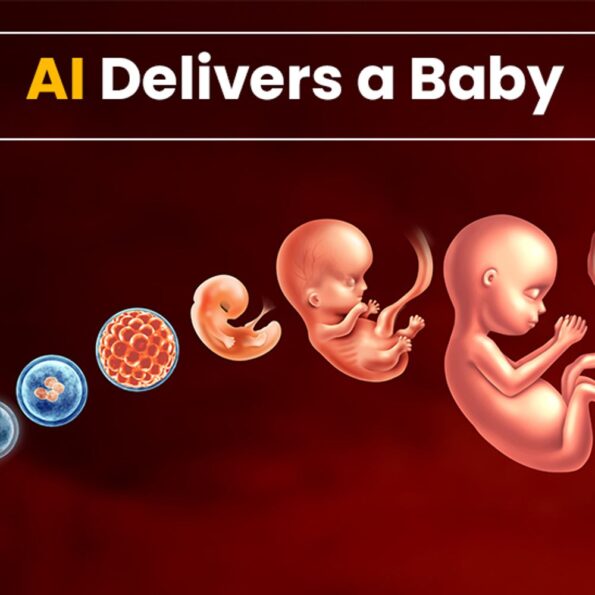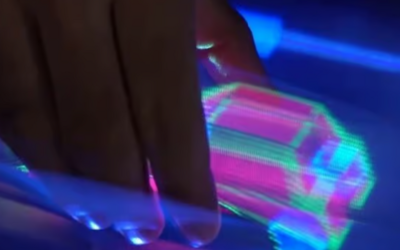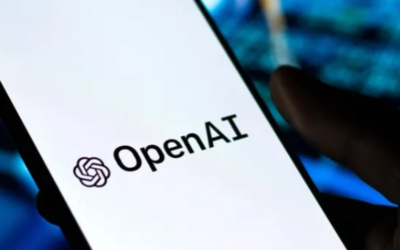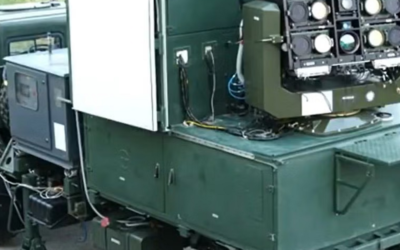World’s first baby born using AI automated IVF system:The method transformed manual ICSI process into a computer-controlled procedure, with no human hands

AI can compose text, write code, and even make fake hyperrealistic images — but now, it’s done something entirely new: it helped create a human being.
For the first time ever, a baby has been born thanks to a fully automated IVF procedure using artificial intelligence and robotics — no human hands needed to inject the sperm into the egg.
Yes, AI didn’t just pick the sperm, it did the fertilisation, and it worked. How it happened A biotech company called ‘Conceivable Life Sciences,’ based in New York and Guadalajara, created the new system. They’ve turned a traditionally manual process called ICSI (intracytoplasmic sperm injection) into a high-precision, computer-controlled procedure. Since the 1990s, embryologists have done ICSI by hand — using a microscope and a tiny needle to inject a single sperm into an egg. It’s delicate work and needs serious skill.
But even the best experts can get tired or make tiny mistakes. This new AI system cuts out those risks by automating all 23 steps of the ICSI process using AI and robotic tools. The first AI baby The groundbreaking procedure took place at Hope IVF Mexico, with support from specialists in both Mexico and New York, who controlled the system remotely through a digital interface.
The patient was a 40-year-old woman using donor eggs after a failed IVF attempt. Out of five eggs treated using the AI-powered system: Sperm selection, robo-style What’s really impressive? The AI didn’t just inject the sperm it chose the best one. Here’s how: This level of accuracy is difficult for humans to match, and it helps reduce the chance of errors. First system that does it all Dr Alejandro Chavez-Badiola, co-founder of Conceivable, said This is the first system capable of automating every component of the ICSI procedure.
Additionally, Dr Jacques Cohen, the company’s Chief Scientific Officer and a pioneer in embryology highlighted: It could reduce stress for lab staff and potentially improve egg survival and success rates. In total, the system carried out 115 micro-steps to fertilise the five eggs. Each egg took about 10 minutes — a bit longer than usual, but it’s still early days. What’s now This breakthrough doesn’t mean clinics will go full robot tomorrow. Conceivable says more research is needed to make sure the system is safe and works well in more cases.
But if it proves reliable, it could make IVF more affordable, consistent, and available to more people around the world.
Search
Recent
- Pentagon leak probe: Pete Hegseth’s top adviser Dan Caldwell placed on leave
- Lokayukta gets court nod to continue Muda ‘scam’ probe
- Amid Centre run-ins, Tamil Nadu sets up panel to ‘shield’ states’ rights
- Blue Origin rocket carrying Katy Perry and all-female crew reaches edge of space, returns safely
- You can now feel and touch holograms like they’re real:In a world-first, Japanese engineers created a new 3D hologram that you can actually feel with your hands





